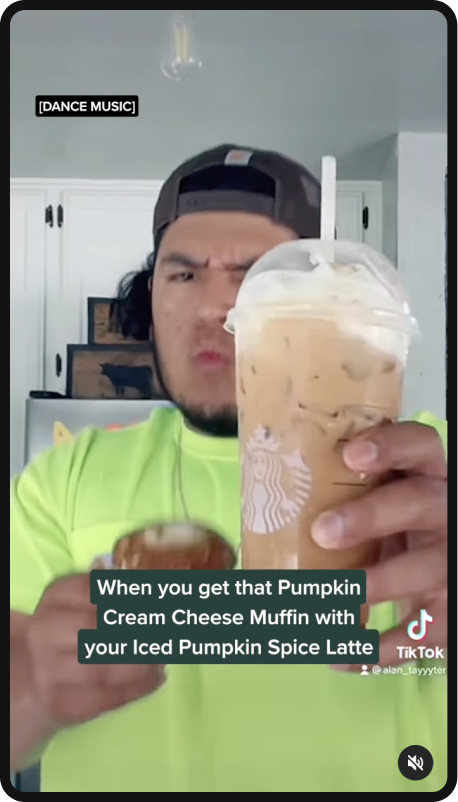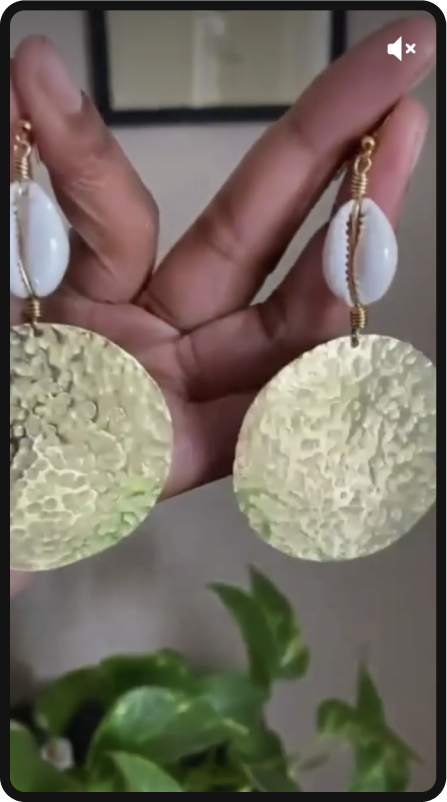We all know the saying: Reduce, Reuse, Recycle. The same can be applied to your short-form content strategy. Short-form video has proven to be one of the best ways to tell your brand story, gain user trust through social proof, and find advocates through user-generated content (UGC). As today’s social media users look for authentic brands that align with their values, UGC in the form of short-form video has become increasingly important for brands to source and use across their social channels.
TikTok may be the king of short-form video, but other platforms have since rolled out their own short-form capabilities including Instagram Reels, YouTube Shorts, Snapchat Spotlight, and more.
With all these avenues to share short-form videos with your audiences, content does not need to be re-created for each and every platform your brand has a presence on. We’ll take you through how to best source short-form UGC and drive your omnichannel content strategy to get the most out of your content while still connecting with creators and audiences to serve your organic and paid ad campaigns.
What is User-Generated Content?
User-generated content is unbranded content created and shared by individual social media users in the form of product use, reviews, FAQs, testimonials, and more. UGC can be free content from organic users that are fans of the brand or sourced from paid content creators who can be found through our TikTok Studio, TikTok Creator Marketplace, or Influencer Marketing agencies or programs.
Prior to the rise of short-form video, UGC could be found via static photos on Instagram or even user-shared pins on Pinterest. With short-form video, influencers have turned into full-blown content creators that function as their own production studios, writing, editing, and circulating their content. As content creators become savvier in their presentation, brands have begun to notice the power of content creators and the influence they have over their followers. If creators can do this for their own platforms, it only makes sense to harness this power of content creators and utilize their personal platforms for the benefit of their brand.
In recent years, social platforms have pivoted away from a social-based model towards a content-based model prioritizing content that delivers value in a genuine and authentic way. TikTok has set the precedent of UGC video as a driving force behind their algorithm, favoring raw and real content over professionally produced videos. In fact, 65% of TikTok users believe “professional-looking” videos feel out of place on TikTok and when UGC is used in ads, they have a 4x higher click-through rate, receive a 28% lift in engagement and a 29% increase in web conversions.
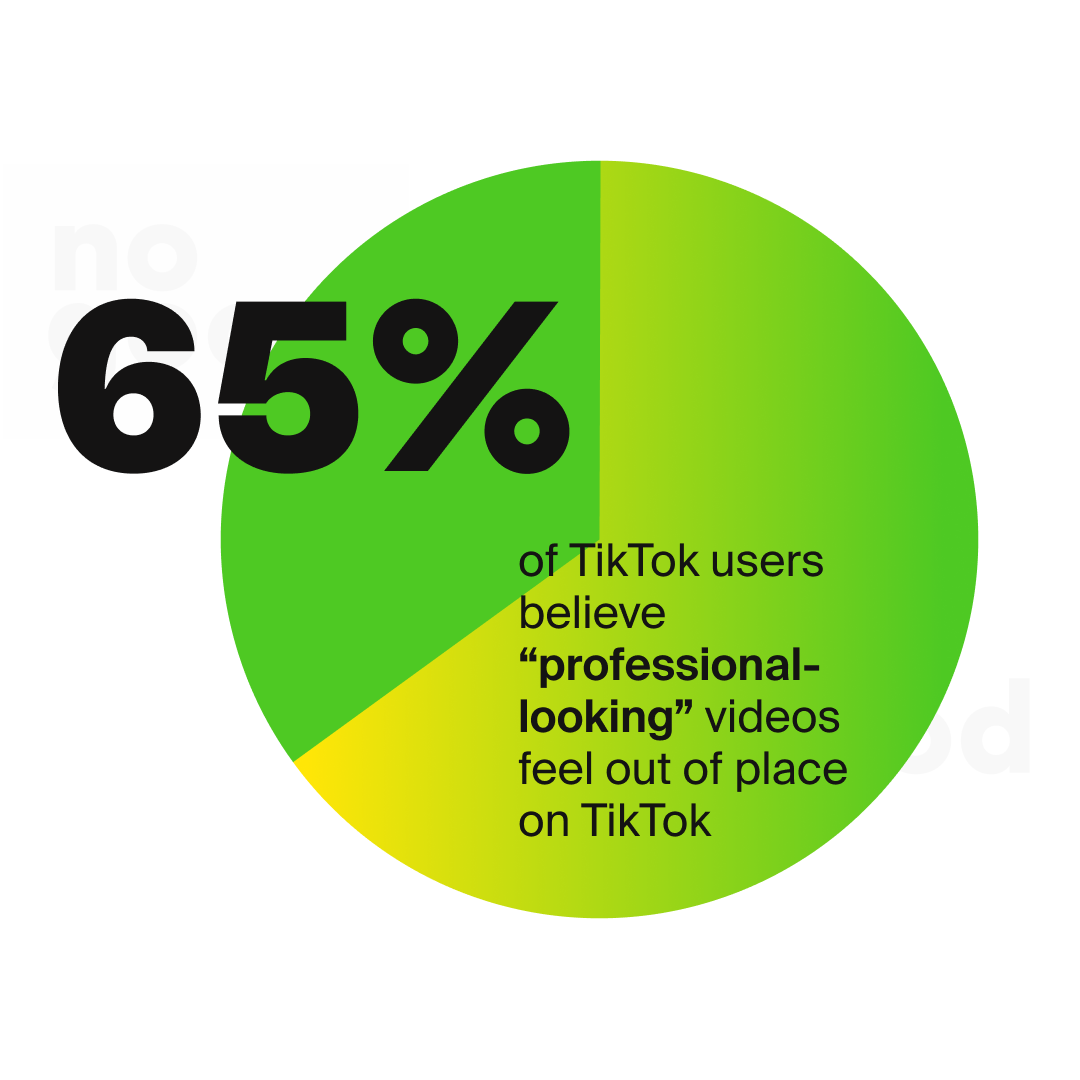
The case is clear for using UGC in your organic and paid social media campaigns, but how do marketers source the perfect UGC? We’ll take you through how to find the perfect UGC videos for your brand and how you can use them across your social channels to minimize effort and maximize results.
How to find UGC
The opportunity to find and/or source good UGC videos is available to brands of all sizes. For newer brands, UGC may start with your own employees creating content or outsourcing to creators through paid partnerships. On the other hand, legacy brands may have hundreds of videos to sift through in order to find content that is worth using in any campaign.
Approaching a UGC social strategy may be intimidating at first, but with the right resources and tools, it becomes a part of any social media manager’s daily routine. Knowing what to look for, what makes good UGC, and how it aligns with your current brand strategy are all important elements to maintaining a social identity while building brand equity and social proof.
These are just a few of the ways to start sourcing UGC video that aligns with your brand values and campaign goals.
Branded hashtags
Community-led growth is one of the best ways to garner loyal consumers and create a participatory culture of sharing and interaction. A branded hashtag is a unique hashtag that typically contains your product or brand name that encourages users to follow and share. By implementing branded hashtags (whether created for free or via a paid TikTok campaign), it is a low-lift way to get started on gathering UGC by encouraging users to share their personal experiences with your brand or product.
Coca-Cola’s #shareacoke has over 635K entries ranging from cute pups with a can of coke to videos that have nothing to do with the drink at all. In this case, many users misused the hashtag due to its popularity, but Coca-Cola received thousands of free UGC videos just by encouraging their #shareacoke campaign across their many social platforms. #shareacoke works because it is memorable and encourages sharing with others whether IRL or through tags on social media. The campaign extended to their physical product when they decided to personalize Coke cans and bottles creating even more of a social frenzy and shareable moments.
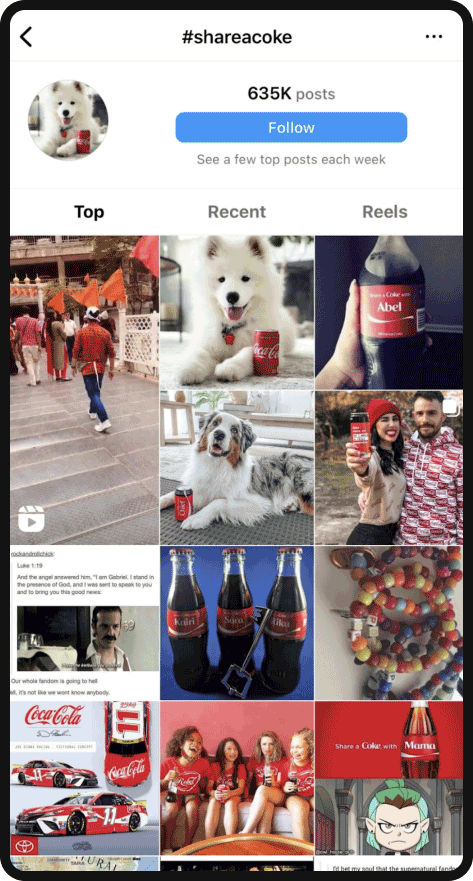
Social media listening
Social listening gives brands the ability to track specific keywords, brand mentions, and industry insights across any social media source – even when they aren’t formally tagged. Social media listening can be incredibly resourceful as it is great for finding UGC, tracking user sentiment on a brand, and real-time market research. Programs such as Hootsuite, Dash Hudson, and Sprout Social are great tools for social media listening and monitoring.
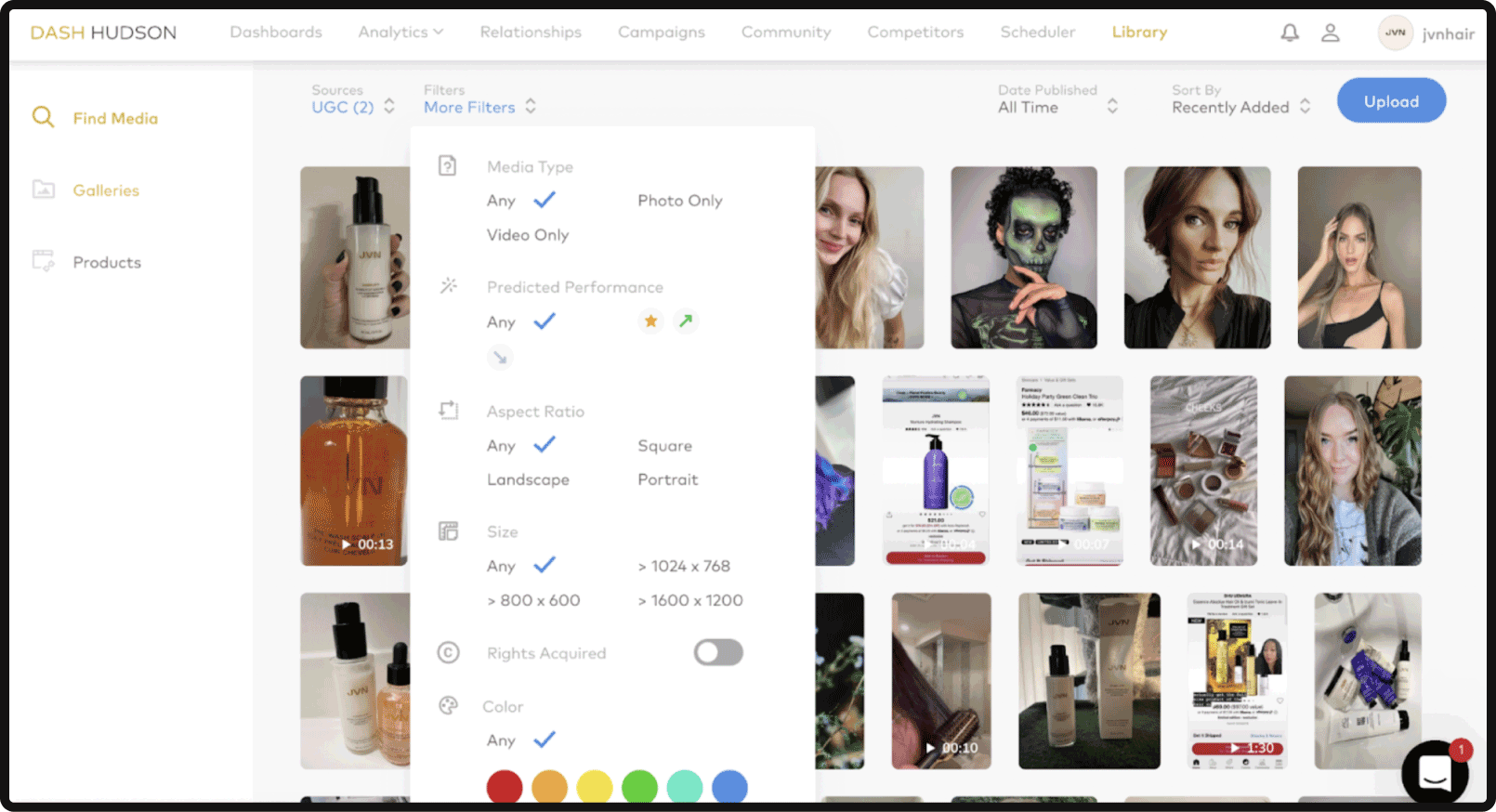
Dash Hudson flags any and all brand mentions on owned, earned, and paid channels saving you countless hours of manual searching. The platform also provides organic insights, suggests similar creators, and predicts the content’s effectiveness rate to help inform your decision to use each piece of content.
Sourcing content creators
Partnering with creators to create UGC is a great option for brands that may have a larger social media budget or brands that need a little creative help in content creation. Content creators can be hired at the micro to celebrity level and often come with their own dedicated user base with high intent. At NoGood, we have a roster of in-house and outsourced highly qualified content creators across several verticals to pair brands with creators that will suit their needs. TikTok Creator Marketplace has also made it easy to find qualified UGC creators through the TikTok API which gives brands insights to the creator’s profile which detail reach, audience demographic, and video performance.
There are also influencer agencies and platforms which can assist in end-to-end sourcing, creation, and reporting. Some of our favorites include Grin.co and Aspire.io. Individual platforms besides TikTok have also rolled out their own creator networks such as the highly anticipated Instagram Creator Marketplace, Pinterest Creator Hub, and LinkedIn for Creators.
Applying UGC to your omnichannel strategy
You may have heard the buzzword, channel diversification, but what does this mean? Channel diversification, as it relates to social media, is the practice of leveraging a specific combination of platforms to maximize your brand’s reach. Channel diversification mitigates risk and expands your brand’s potential to reach audiences that gather on or favor different platforms. We can’t be everywhere at once…or can we?
This is where an omnichannel approach enters the chat – and short-form video is the hero in that category.
An omnichannel strategy is a multi-channel approach where brands produce a consistent output and connection with their community across all touchpoints. An omnichannel strategy creates a seamless user experience no matter where or how they come to you. This consistency works well for content creation as content can be repurposed and optimized per platform but still maintain a consistent brand voice, messaging, visual identity, and positioning.
While short-form video can be more production heavy than a single graphic or photo, the same bit of content can be sliced and diced across all platforms where your brand has a social presence. Whether that’s TikTok, Reels, Shorts, Snap Spotlight, Twitter, LinkedIn, (etc, etc, etc), your short-form UGC video content can be repurposed across channels with minimal optimizations making the most out of your content creation efforts.
Your cheat sheet for an omnichannel short-form UGC video strategy
That’s a mouthful! But we’ll take you through our best practices to maximize your content creation efforts in order to minimize your ad spend (and effort) across your omnichannel strategy.
Know your audience
Though many platforms offer short-form video hosting, not every channel will be appropriate for your content, audience, or brand. While channel diversification is key to a solid marketing strategy, spreading yourself too thin will not only be a nightmare for your social media manager’s bandwidth (and mental well-being), but minimize your community-building efforts by not fully committing to any one platform or strategy. Start with a few platforms where you’ve determined your audience gathers and stick with it! Water your community as you would your newest house plant. Once it is thriving, you will be ready to acquire another one, and so on and so forth.
Each platform has a slightly different audience but here are some tricks to help you begin deciding which platform(s) will be best for your short-form UGC.
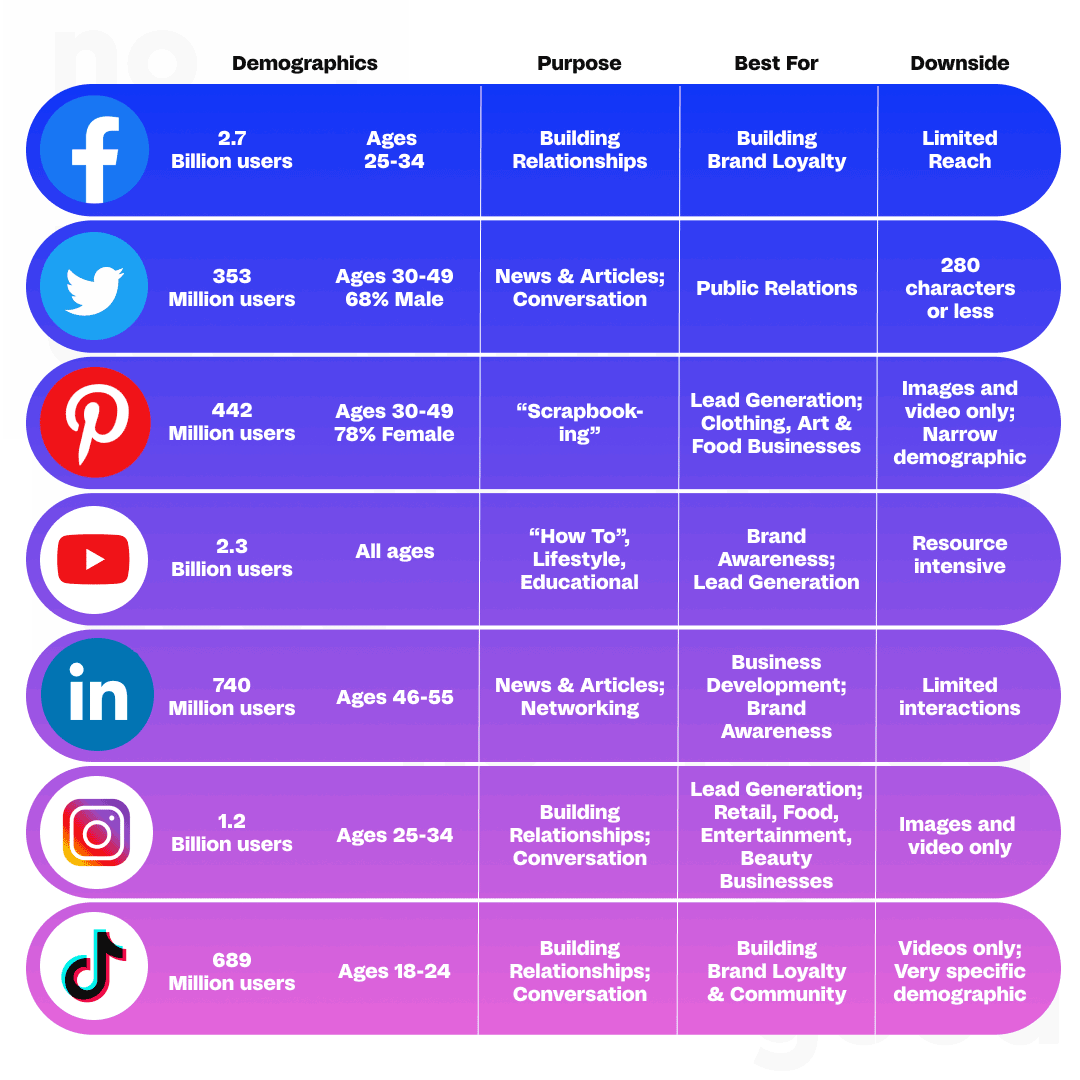
Stay native to the platform
Have you ever wondered why your TikTok isn’t performing well on Instagram? It may be because you uploaded it with the watermark. The Instagram algorithm specifically suppresses content with the TikTok watermark so as to not promote their competition. Social platforms want their users to be creating content natively and another platform’s watermark is a sure way to out yourself on repurposing.
Our best rule of thumb is to download content without the watermark from one platform before posting to another or edit your content in a 3rd party app prior to uploading in order to have a “clean” copy of your asset. If working with a content creator, they will send you their content sans watermark which will then make it easier to upload to your different platforms (depending on what you agreed upon with your creator).
When uploading to various platforms, we suggest using that platform’s specific features including text overlays, music, voiceovers, green screens, location stamps, stickers, and more to tell the algorithm and your audience that this content was made specifically for them. When done this way, your video will appear native to the platform and not be suppressed due to being posted on another platform.
Not every video will be suited for every platform. Be strategic with what you consider repurposing and make nuanced edits to cater to that specific platform and audience.
Music and sound licensing
In addition to appearing natively across platforms, make sure to understand each platform’s limitations. This is specifically important when it comes to content duration and music licensing.
Getting your audio removed is not only bad for impressions but a wasted effort on the creator’s part.
TikTok and Instagram both have massive music libraries, but the licensed sounds may not be available for commercial use on both platforms. This is especially important if you are going to be running your UGC in any paid campaigns. Sounds are often removed from videos if flagged but assets and accounts can be completely blocked for this type of infringement as well.
TikTok has a dedicated commercial music library that showcases sounds that are licensed for commercial use if you are planning to run your content as ads. Music for YouTube shorts is quite extensive but time will tell what will be commercially available once they roll out their ads capabilities.
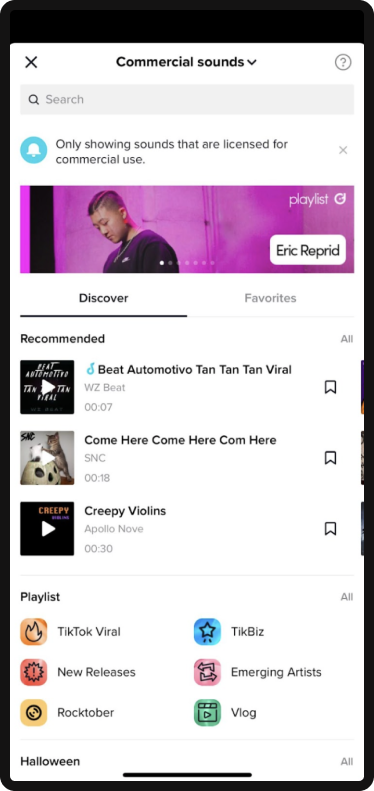
Video duration
Time allowance changes from platform to platform and you may need to cut your video down to fit within these time limitations. Both inShot and CapCut are good apps for editing short-form videos due to their easy-to-use interface and extensive editing features which can assist in breaking down videos to fit each platform’s needs.
Below is a table of each platform’s video duration limitations:
TikTok: < 10 minutes
Instagram Reels: < 90 seconds
Facebook Reels: < 60 seconds
Shorts: < 60 seconds
Twitter: < 140 seconds
LinkedIn: <10 minutes
Snapchat: <10 seconds
Pinterest Pins: <15 seconds
Though you have the option of producing longer videos on several of these platforms, the overall consensus is the 7-second mark for short-form video. Most viewers fall off after around 2 seconds, but if you grab them with a punchy hook, on average they’ll stay engaged for around 7 seconds. Monitor your video analytics to find the average length your audience is interacting with your videos to ensure they are watching the most important information.
Experimentation and testing
Experiment, experiment, experiment! Let the data drive your decisions when choosing your platform, content length, posting day and time, and even the combination of assets per platform. Not all content will work for every platform – what your LinkedIn audience responds to will be completely different than your TikTok audience. Be strategic and selective with the type of content you are sharing to maximize opportunities for building community and interaction.
When tracking our video performance across channels we start with macro experiments and move down to micro experiments. Macro includes testing different content buckets to see what your audience is gravitating towards– this includes trends, educational content, skits, lip-syncs, and different delivery styles. Once you nail down the combination of content buckets each platform’s audience prefers, then you can begin running micro-experiments such as timing, hooks, sign-offs, and even captions, and hashtags.
Through experimentation and testing, your strategy will be better informed, supported by data, and resonate with your audience per platform.
Tools to assist in your omnichannel strategy
Repurose.io
This tool may be the best thing since the Bernie Sanders meme – it’s the gift (or tool) that just keeps giving. Repurpose.io connects to each of your social media platforms and can then transfer the post from one platform to another. This is huge when it comes to short-form UGC content as the platform will download the video without a watermark and automatically deliver it to any of your chosen workflow connections.
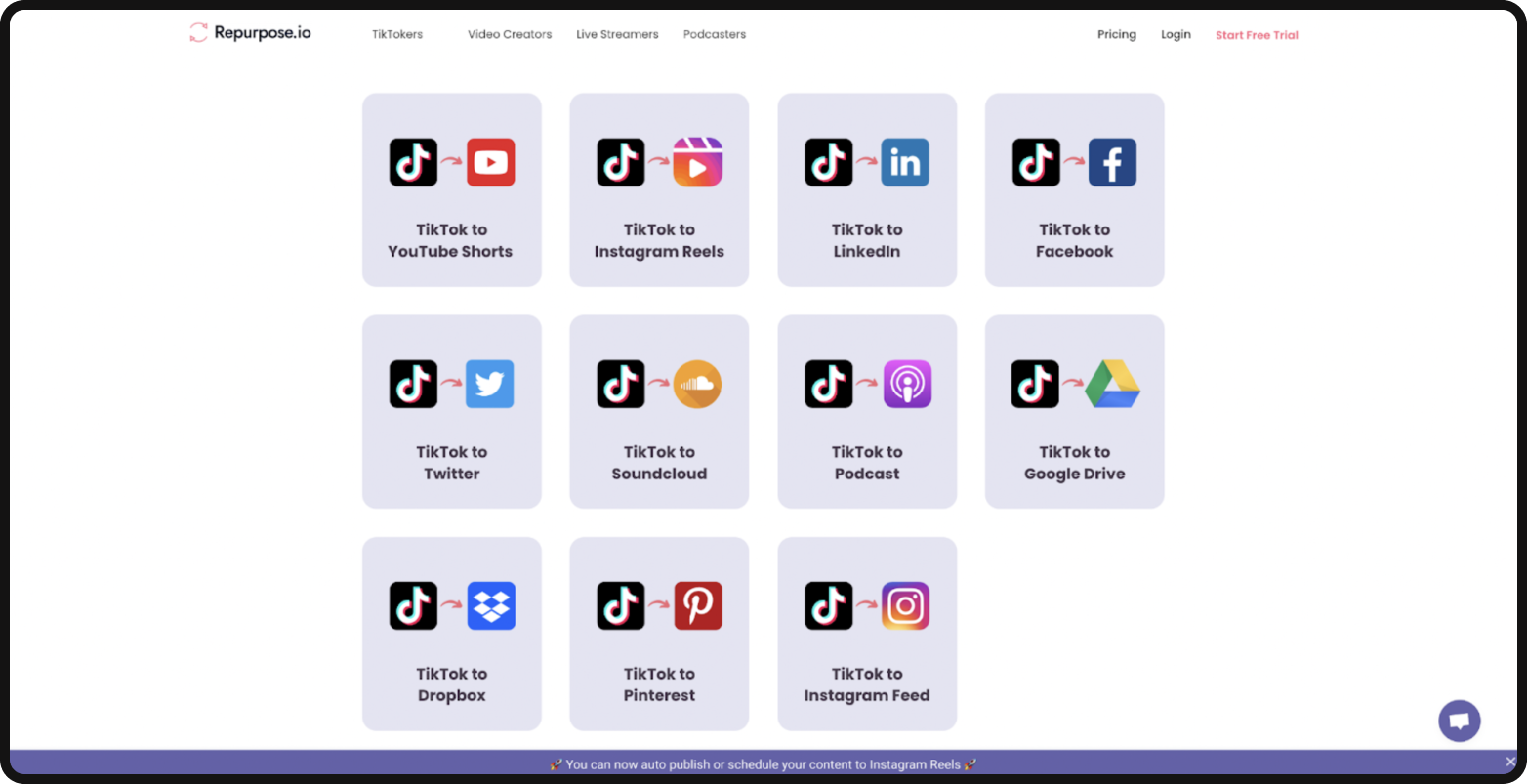
Another favorite feature of repurpose.io is its ability to save your content to Dropbox or Google Drive allowing you to automatically have your entire library of videos all in one place in case you’d like to reuse or repurpose (no pun intended) your content later.
Hootsuite
Hootsuite, which recently went through a rebrand, is a social media management platform that allows users to automate posts and track platform analytics. Hootsuite creates maximum efficiency for brands by publishing content across multiple platforms, determining optimal posting times, and tracking trends to better inform your future content. One short-form video can be duplicated and customized to specific platform specifications all through their simple-to-use desktop site or app.

Sprout Social
Sprout Social is a similar auto-publishing application but includes additional features (and a higher price tag). We’re including Sprout to highlight their social media listening tools.
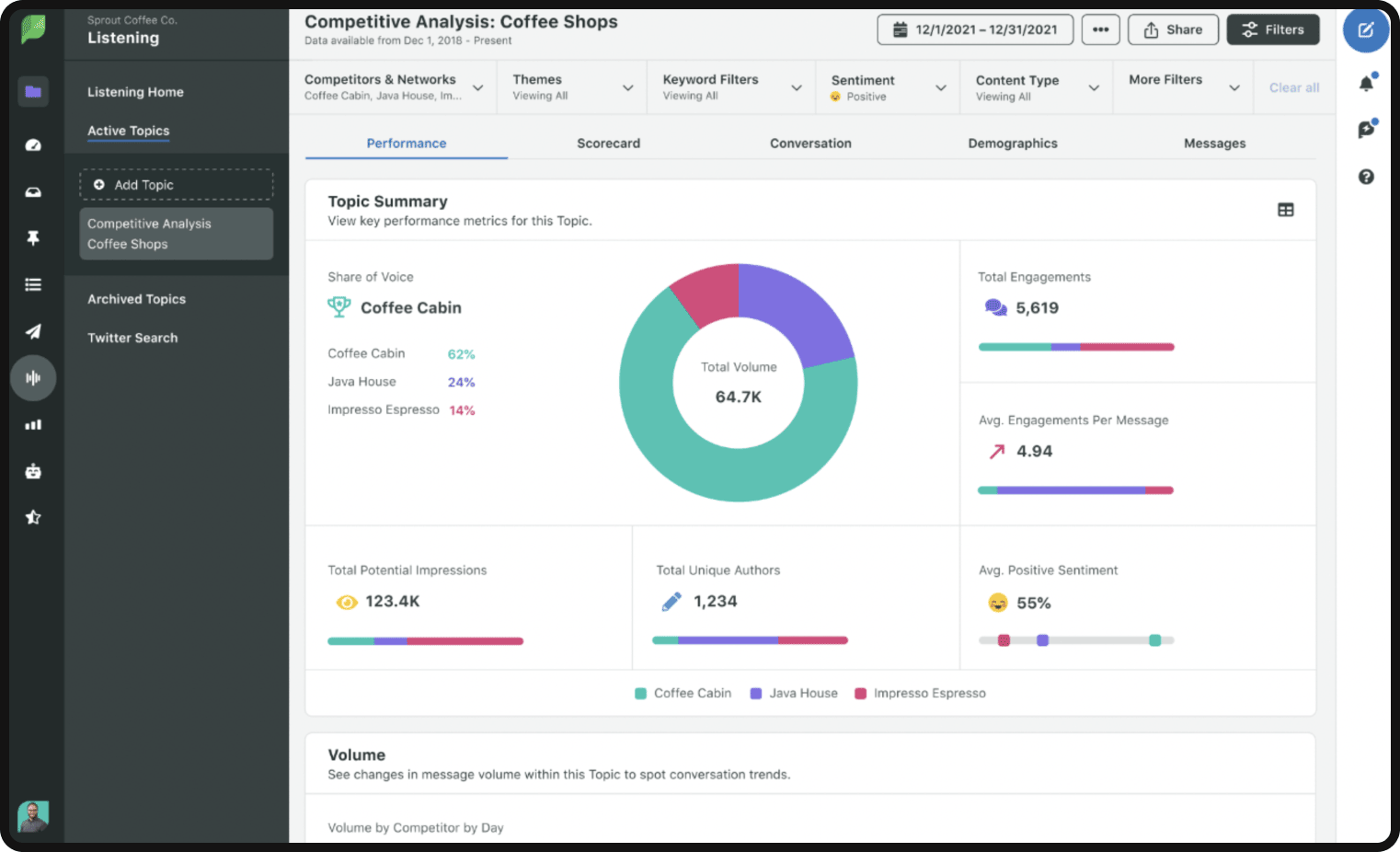
Sprout’s social listening tools allow brands to “tap into the global social conversation by extracting actionable insights, identify industry gaps, and improve overall brand health.” Not only is this a way to monitor brand sentiment and competitor performance but can be a way to discover brand-specific or brand-adjacent UGC to use in your own campaigns across your omnichannel content strategy.
UGC Video Examples
With all this talk of UGC, it’s only fair to show a few examples. Below are a few demonstrations of how short-from video UGC can be used across different platforms in similar ways. For even more examples of brands successfully using TikTok-specific UGC in their cross-channel marketing strategies, read our Top Brands Using TikTok UGC here.
Fenty Beauty x TikTok
Many beauty brands find success using UGC video content due to the visual nature of their products. Successful UGC videos include before and afters, how-tos, and product launches. Rihanna’s beauty brand Fenty uses UGC videos from creators of all backgrounds representing a diverse clientele and flexibility of their products.
Starbucks x Reels
Starbucks reposts UGC videos from its employees, brand ambassadors, and consumers. They also give the creator a platform by making sure to tag them in the caption. The video below was sourced from TikTok user @alan_tayyyter and shared to Reels for cross-channel video sharing.
Etsy x Pinterest
Etsy and Pinterest may make the perfect pair due to their similar audience demographics and discoverability of what consumers are looking for. Etsy has over 4.7 million Pinterest followers with thousands of pins created and shared. Etsy features seller UGC videos to not only promote the seller but also showcase the unique products and people users can interact with and purchase from.
Amazon x Snapchat
Amazon features UGC videos on their Snap Stories featuring user video reviews most likely sourced from platforms such as TikTok and Reels. This gives their business Snapchat account a more humanized feel and shows the viewer social proof of products other consumers have rated.
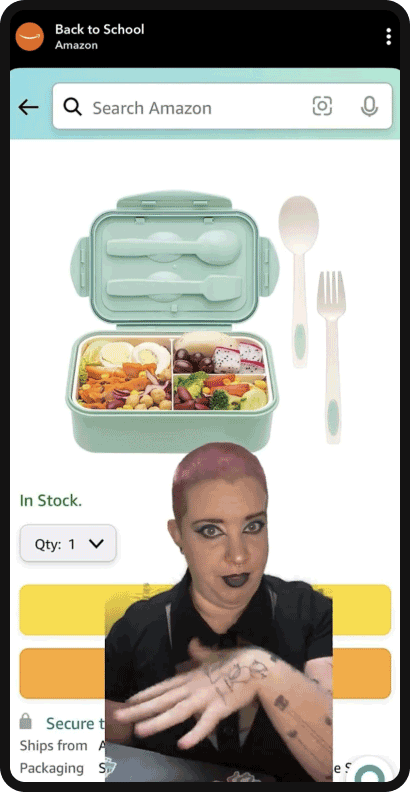
The short-form round up
UGC video content can be sourced from many different social media platforms and reused across your entire social strategy. Be sure to give the creator credit and/or ask permission to use their content. When working with a content creator, brands may only have the authorization to use their UGC for a specific number of days or on specific platforms only. Be clear in your contracts to ensure you have the rights to their content for what you would like to use it for.
By using short-form UGC video in your omnichannel strategy, you are maximizing the efficiency of your social team and getting the most out of user-generated content by sharing it across multiple platforms. UGC video has become a powerful advertising tool as it is the best way to display the use of a product, user sentiment, and brand authenticity. By tapping into your community through encouraging UGC, users feel more connected as supporters and advocates of a brand.

